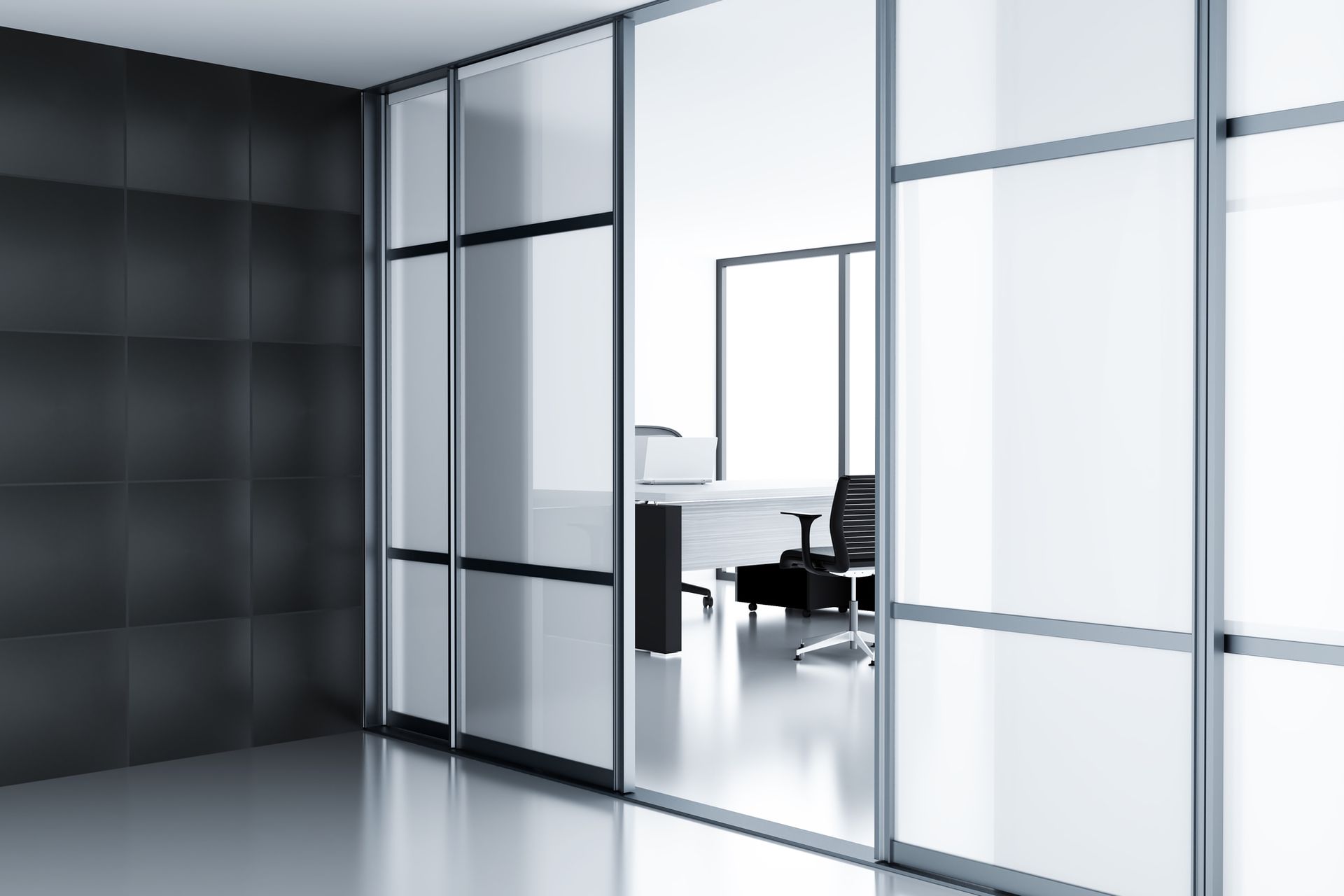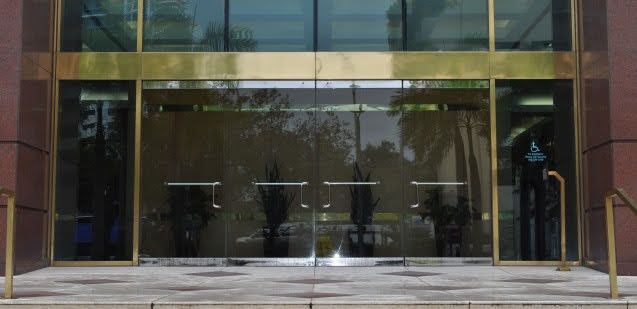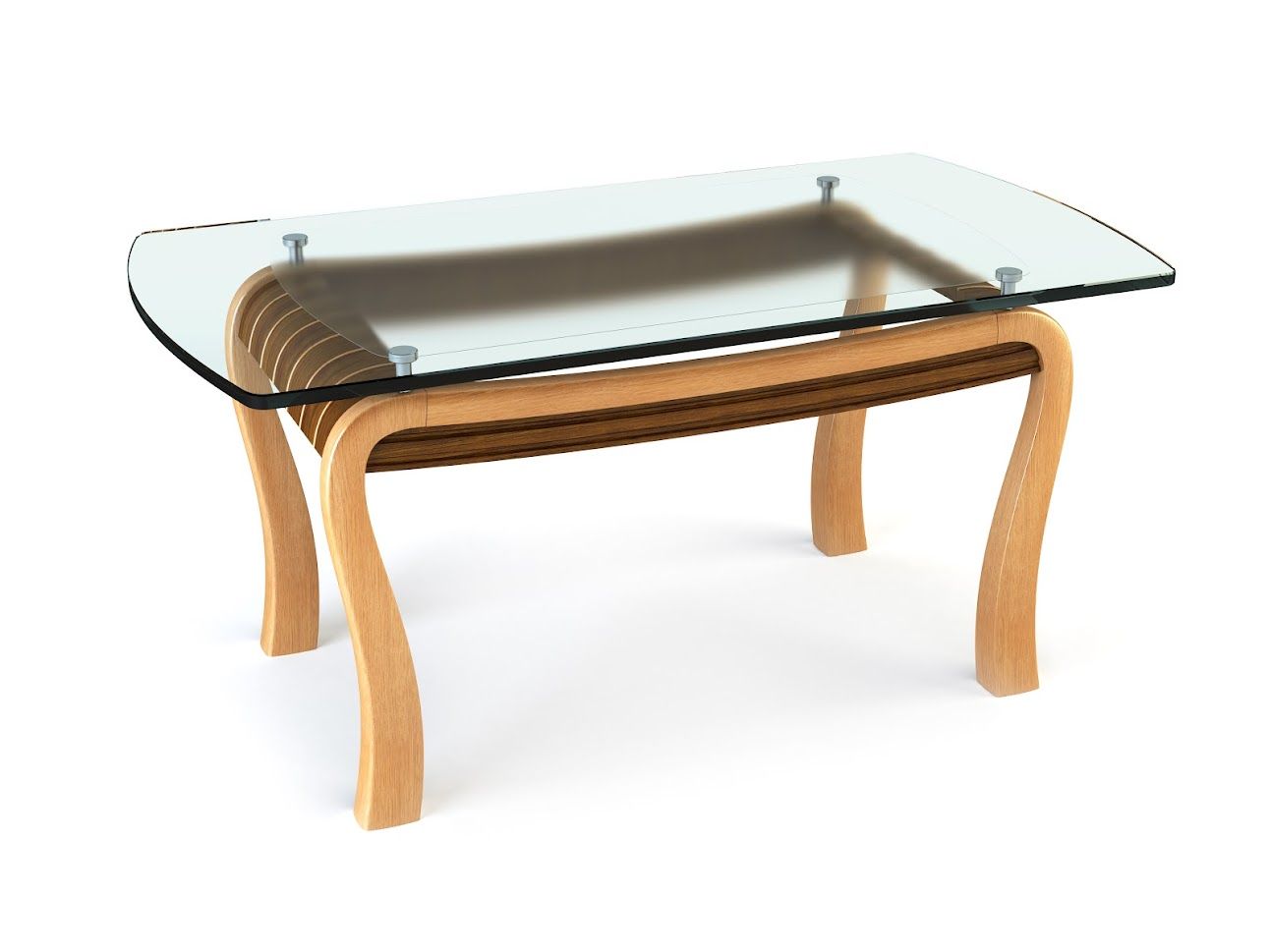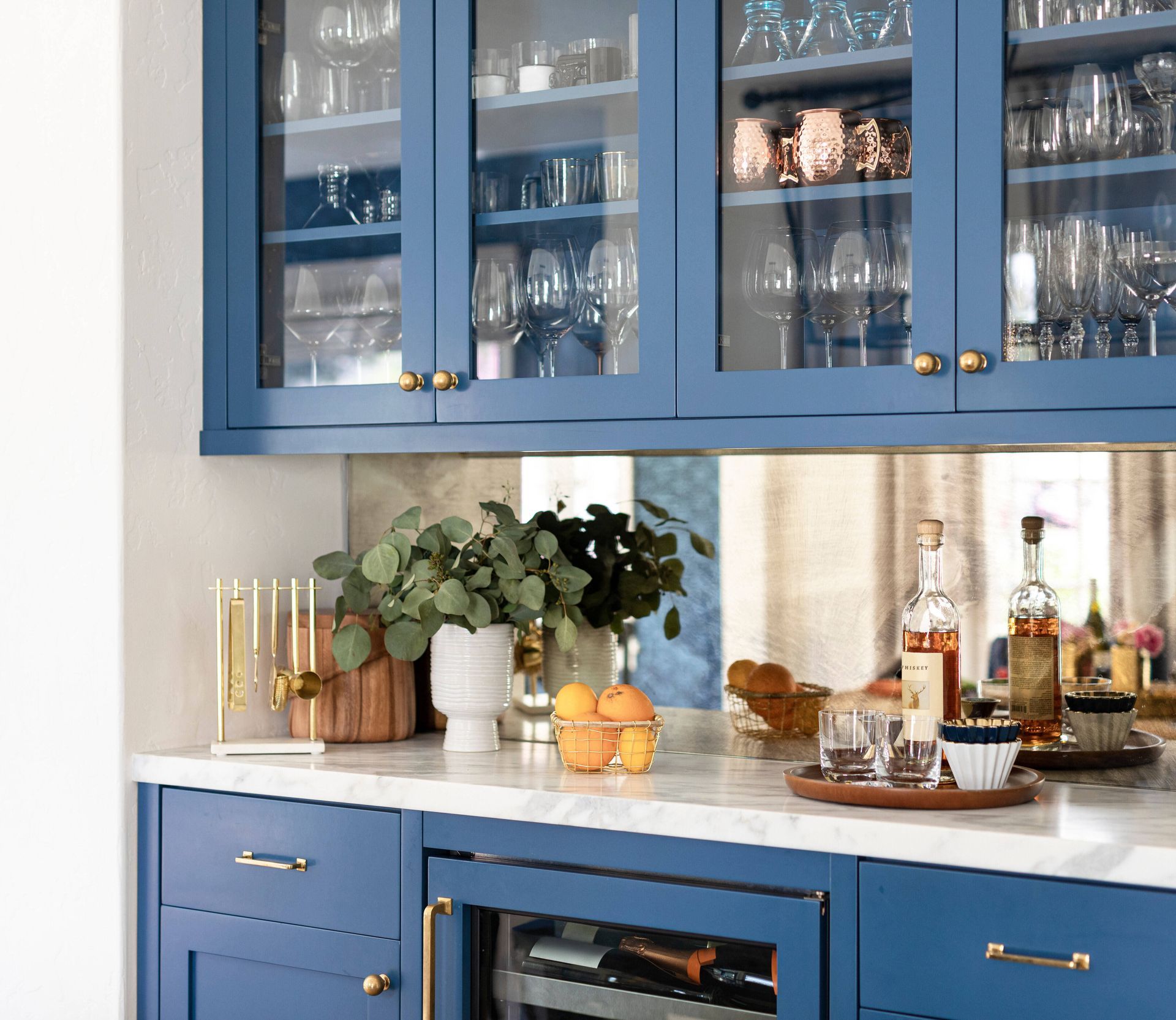Sound Attenuation Explained

Sound Attentuation Explained
Glass is often used in window and door systems to reduce noise; the industry term for this is “sound attenuation,” or sound reduction. While all materials attenuate sound over distance, some materials such as wood and concrete reduce sound better than other materials such as air or water. Glass is often utilized in environments that require sound attenuation, but where unobstructed sightlines are needed, such as recording studios. Sound attenuation has taken an increased importance in recent years, as the likelihood of identity theft may lie in a single eavesdropped phone conversation or overheard credit card number.
Sound waves are disturbances of the particles in a medium, producing a pattern of pressure waves which our ears detect as noises. Sound waves are longitudinal, meaning that the particles in the medium all move in the same direction as the waves. Conversely, visible light creates transverse waves, meaning the particles of the medium vibrate at right angles perpendicular to the wave direction, such as the in ripples on the surface of water. While sound waves have several characteristics such as wavelength, velocity, and time, a sound wave’s frequency is most relevant for sound attenuation purposes, and is measured in Hertz (abbreviated Hz.)
A material’s Sound Transmission Class, or STC rating, is a measure of the material’s efficiency at reducing the transmission of sound waves from one side of the material to the other. While all materials attenuate particular frequencies of sound differently, the STC scale is a standardized and logarithmic measure meant for practical application. Knowing that some materials are more effective at reducing certain frequencies, the public is better able to plan upcoming construction or renovation projects; this fact is particularly important as one must consider not only the amount of sound a room will experience, but also the frequency of that sound. In practical terms, one may choose to install a different material to reduce a Great Dane’s barking vs. a Chihuaha’s.
Sound attenuating materials have received more widespread use in recent years, as more homeowners and businesses emphasize quiet –and information security– at their home or business. STC rated materials are commonly used in a variety of applications: from a music producer requiring perfect silence in a recording studio, to a business executive needing security in a conference room used for financial planning, to the homeowner whose house borders a busy highway, STC rated systems can be installed in a variety of applications. Glass windows and walls are a great way to create an attractive and inviting workplace or living space, and fortunately a variety of glass systems exist that offer good STC ratings.
Generally, two leaves of material separated by an airspace offer a greater STC rating than a single leaf of equivalent mass (for example, two pieces of ¼” glass separated by an airspace vs. one piece of ½” glass). Additionally, two leaves of different thicknesses or compositions offer improved STC ratings vs two leaves of the same thickness. When glass window or door systems are used to reduce sound transmission, double-paned (insulated glass units) and laminated glass are often utilized. Oftentimes, a combination of thick glass, layers of laminate, and air pockets are utilized to create window systems with improved STC ratings. For example, an STC rated window at a downtown office’s conference room may use a 1” thick insulated glass unit, comprised of one layer of 3/16” glass, a 9/16” air spacer, and one layer of ¼” of laminated glass to create a private and secure setting.
Although slightly more expensive than standard monolithic glass, STC rated glass merits consideration for your residential or commercial construction project. Whether at a medical facility where patient privacy is paramount, or simply a house’s 3-season porch that is exposed to roadway truck noises, sound attenuating glass comes in many forms for your unique needs. While the intricacies of sound attenuation technology can be complex, any questions you may have will gladly be answered by the friendly glaziers and staff at A-1 Glass. A quick phonecall away at 503-646-9641, A-1 Glass & Mirror proudly stands ready to assist in your sound attenuation project.
Reliable – Quality - Friendly
Since 1955
A-1 GLASS & MIRROR
5465 SW WESTERN AVE STE. J
BEAVERTON, OR 97005
T: 503-646-9641 F: 503-643-9439
https://www.a1glassandmirror.com/

Browse Our Website
Contact Information
Phone: (503) 646-9641
Email: info@a1glassandmirror.com
Address: 5465 SW Western Ave Suite J Beaverton, OR 97005
Office Hours:
- Mon - Fri
- -
- Sat - Sun
- Closed
License #: 236963 - Oregon
A1GLAGM787N9 - Washington




